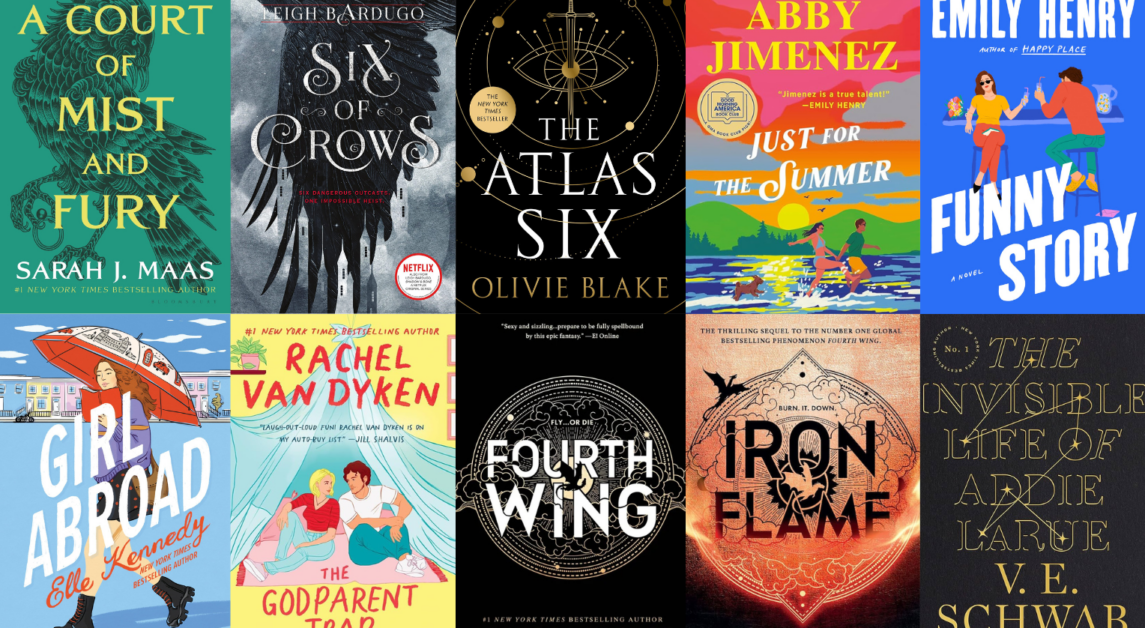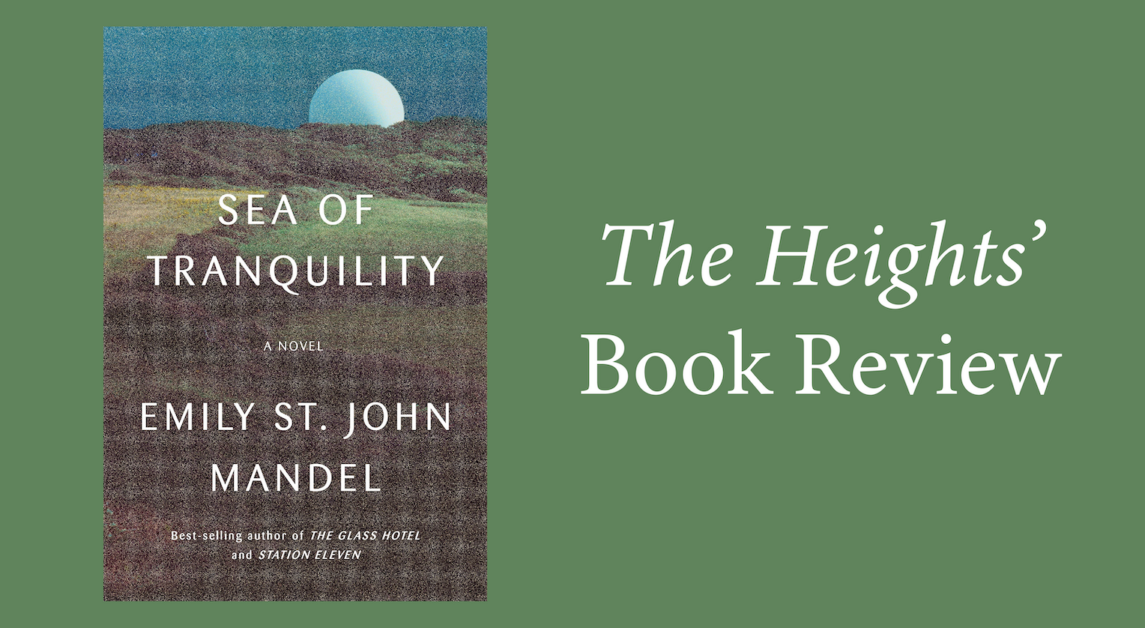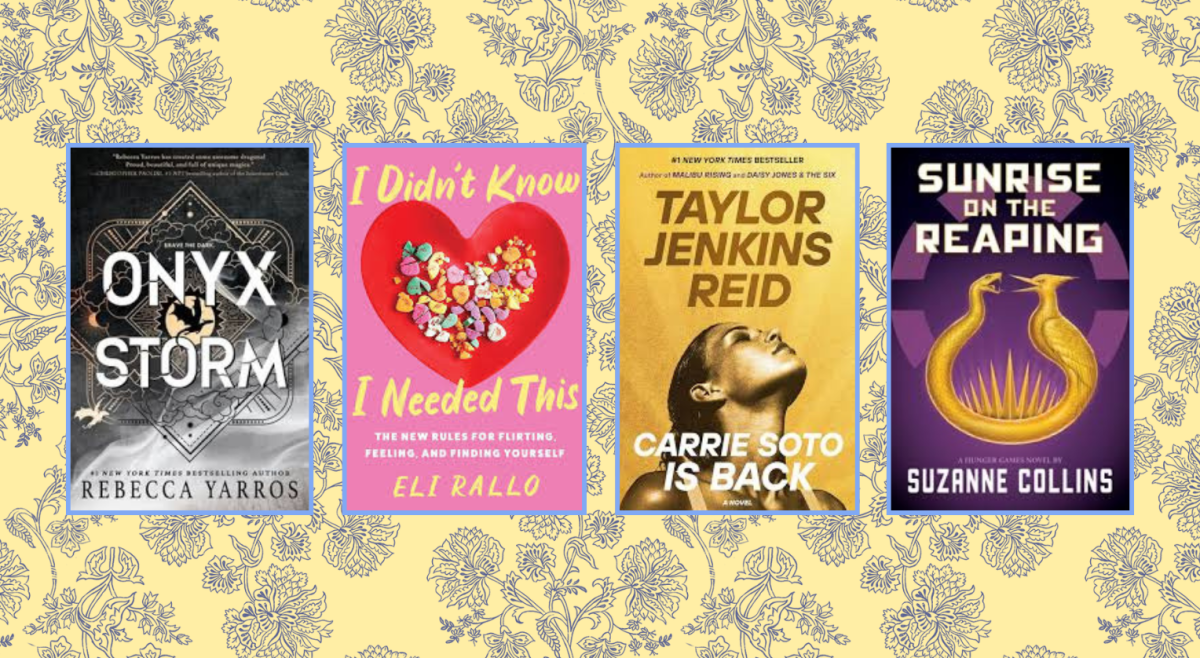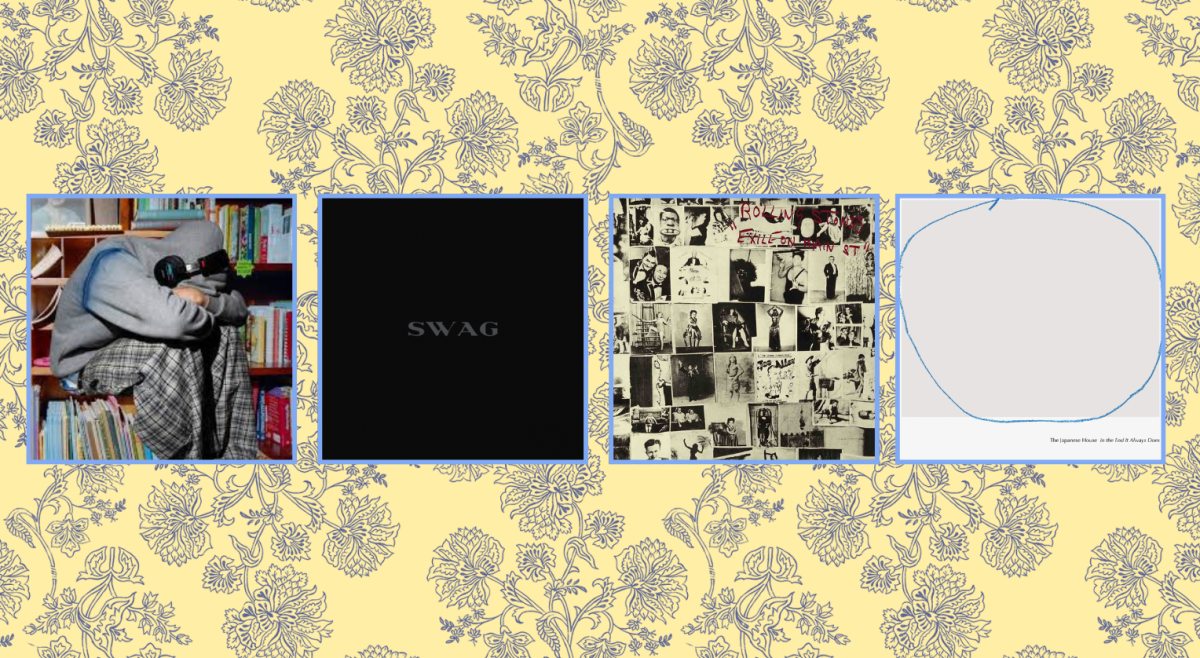★ ★ ★ ★ ☆
In chess, an intermezzo is a tactic where a player makes an unexpected move in the middle of a sequence which often confuses the opponent and introduces a new threat.
Intermezzo, the novel, is Sally Rooney’s dazzling new work that dissects a brotherly relationship dealing with the loss of their father, love, and the nuanced difficulties that life throws at them. Published on Sept. 24, Intermezzo is the Irish author’s fourth novel. She has become widely recognized in recent years for her 2018 novel Normal People, a now popular Hulu series.
Having not read any of her works before, I must say I was a bit nervous about beginning my Rooney journey with her most recent novel. After coming across her non-fiction story “Opening Theory,” published in The New Yorker, I knew I had to get my hands on Intermezzo as soon as it came out.
Intermezzo is a perfect melange of normal people—no pun intended—as they deal with obstacles in their lives. Split between three parts, Intermezzo moves through the lives of two brothers, Peter and Ivan, as they mourn their dead father and have to face complicated romantic and familial relationships.
Peter is 32 and a successful lawyer in Dublin while Ivan is 22, a former incel and braces-wearing chess prodigy. Their strained relationship leads them to deal with the bereavement process separately.
Peter is entangled with two women: Sylvia, his former long-term girlfriend who suffered from a nearly fatal accident that led the pair to break up, and Naomi, a laid-back and juvenile 23-year-old. Meanwhile, Ivan deals with his difficulties as a former chess champion and boyfriend to Margaret, an older woman who has not yet separated from her alcoholic husband.
Many critique Rooney’s style—stating that her political voice is too strong or her plots lack action—the detail in which she writes her characters makes up the plot rather than large events. Unlike much of the overstimulating media common today, she stands out as an author unafraid of being criticized for being mundane or tedious.
Her characters build their own arc and the reader is a spectator of the protagonists’ lives. It’s the personality of these characters that moves the book along, not just the actions within the plot, a writing style reminiscent of the 1815 fiction novel Emma by Jane Austen.Today, critiques of contemporary writers are much harsher, especially on women authors.
Intermezzo is narrated in the third-person omniscient style, making the book a natural progression through the characters’ lives. I saw this mostly in the scenes where the narrative shifts to Peter’s point of view, and I enjoyed how the narrative sometimes became jumbled up with his thoughts and feelings, even though this wasn’t through the first-person perspective.
Peter’s sections of the novel, at first, felt like I was doing a close reading for a tedious writing class due to the lack of punctuation, specifically quotation marks. I couldn’t distinguish between what was dialogue and what wasn’t, and I wasn’t very fond of this technique at first. Having no previous experience with Rooney, it felt a bit sloppy and slam poetry-esque, like an artistic way to try and make her mark as an author.
Yet as I kept reading, I grew to naturally appreciate and enjoy it. It’s a unique way that emulates the raw, natural, and awkward tensions in conversations between the characters and within their introspective reflections.
This melange of stream of consciousness and interesting punctuation techniques adds to the feeling of a person’s inner racing thoughts, repetition of past events, and overthinking. We especially see this when the narrative shifts from Ivan to Peter as his racing thoughts are much more aggressive.
“You little worm, I’ll f—king kill you,” Rooney writes, from Peter’s perspective. “No, I wouldn’t, I wasn’t going to. I wish I was dead.”
With this style, parts of the book where conflict occurs are even more heart-wrenching because the character’s continuous thoughts bring the reader back to their own times of personal, messy, self-reflection.
Rooney intertwines this with conversations one might have with a friend—as is the title of another of her novels—which breaks that threshold between the reader and the novel, making it feel like you’re reading an authentic dialogue between two people or even experiencing your own moment of self-reflection.
We see how time plays a role in our life as Peter reminisces on his times with Sylvia:
“Undressing her for bed he remembers, yes: though in his memories she’s not so young,” Rooney writes. “Looks much the same as she does now.”
Toward the end of part three, I understood this book is not only just about grief but also about the complexities and cruelty of time.
Peter often reflects on times he shared with his ex-girlfriend Sylvia, and the inability to ever have them back.
“The life they could have had together,” Rooney writes.
During these moments, his grief consumes him even more because he not only mourns his father, but the death of a relationship, coming to terms with the fact that their dynamic had shifted completely after her accident.
I found myself longing for more of Peter’s narrative just because I got to see a more emotional aspect that I thought Ivan didn’t really indulge in. Peter participates in self-destructive behavior by taking pills he shouldn’t, getting too drunk, and ruining relationships—all moments that Rooney reverts back to the ever-present theme of loss and grief.
I recommend Intermezzo and I’m excited to read more of Rooney’s work. Although sad at most times, the ending pleasantly surprised me and made me wonder how different this book is from her other works.
If you like Rooney or are familiar with My Year of Rest and Relaxation by Ottessa Moshfegh, The Bell Jar by Sylvia Plath, or The Virgin Suicides by Jeffery Eugenides—all books sharing similar themes—make sure to check out Intermezzo.



















